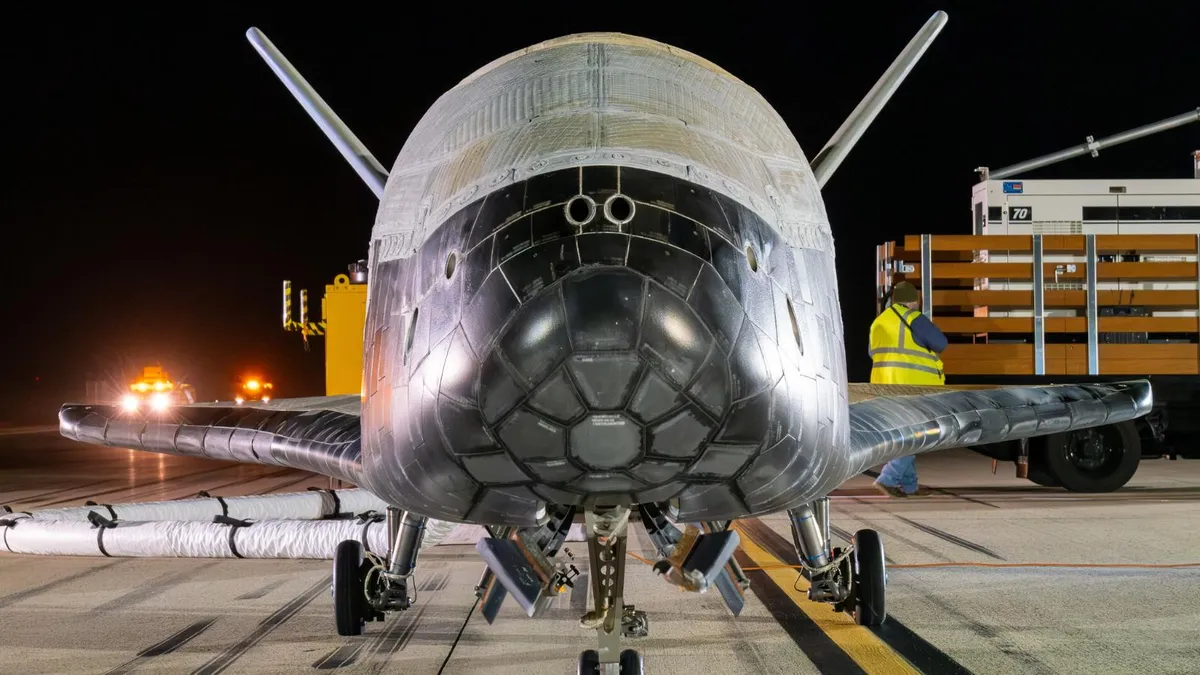
In the dark of night, SpaceX is preparing to launch the enigmatic X-37B space plane on behalf of the U.S. Space Force (USSF). This mission, designated as USSF-36, will take place from Launch Pad 39A at NASA's Kennedy Space Center (KSC) in Florida. The launch is scheduled for Thursday, August 21, at 11:50 p.m. EDT (03:50 GMT on August 22).
SpaceX will begin its live broadcast of the launch at approximately 11:30 p.m. EDT (03:30 GMT on August 22). Viewers can catch the live stream on the USSF-36 mission website as well as on SpaceX's official profile on X (formerly Twitter). This highly anticipated launch will utilize a Falcon 9 rocket to carry the Boeing-built X-37B on its eighth flight, known as OTV-8.
The Falcon 9 booster supporting this mission, designated B1092, is making its sixth flight. This booster has a noteworthy track record, having successfully launched various missions including NROL-69, CRS-32, GPS III-7, and multiple Starlink groups (12-13 and 10-34). After delivering the X-37B into orbit, the booster is expected to return to the Space Coast for recovery at SpaceX's Landing Zone-2, situated at the Cape Canaveral Space Force Station, just a few miles downrange from the launchpad.
The upcoming OTV-8 flight will primarily focus on two significant technology demonstrations. These include a laser communications system and a quantum inertial sensor. The laser communications system aims to support larger data loads and implement enhanced security measures compared to traditional radio communications. Additionally, the quantum inertial sensor is designed to test a novel in-space positioning system, akin to GPS, which could lead to major advancements in satellite navigation and communication technologies.
According to a statement from the Space Force released on July 28, these technologies represent groundbreaking developments in their respective fields, further solidifying the U.S. Space Force's commitment to advancing space technology and capabilities.
Stay tuned for the launch of the X-37B, as it promises to pave the way for future innovations in space exploration and technology.